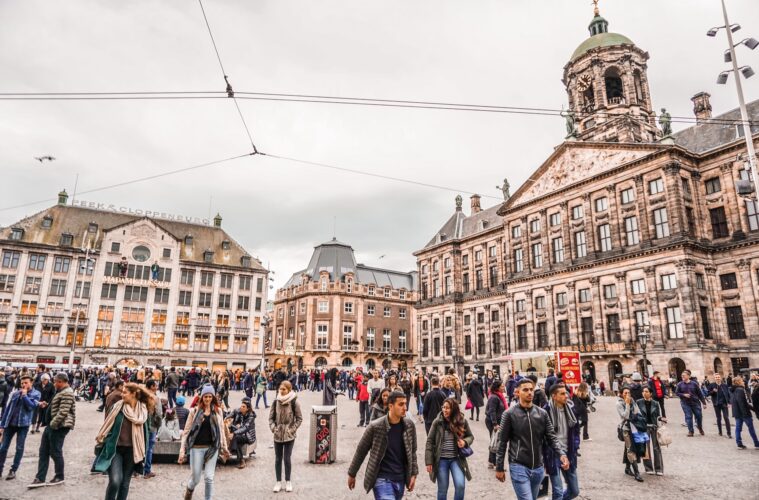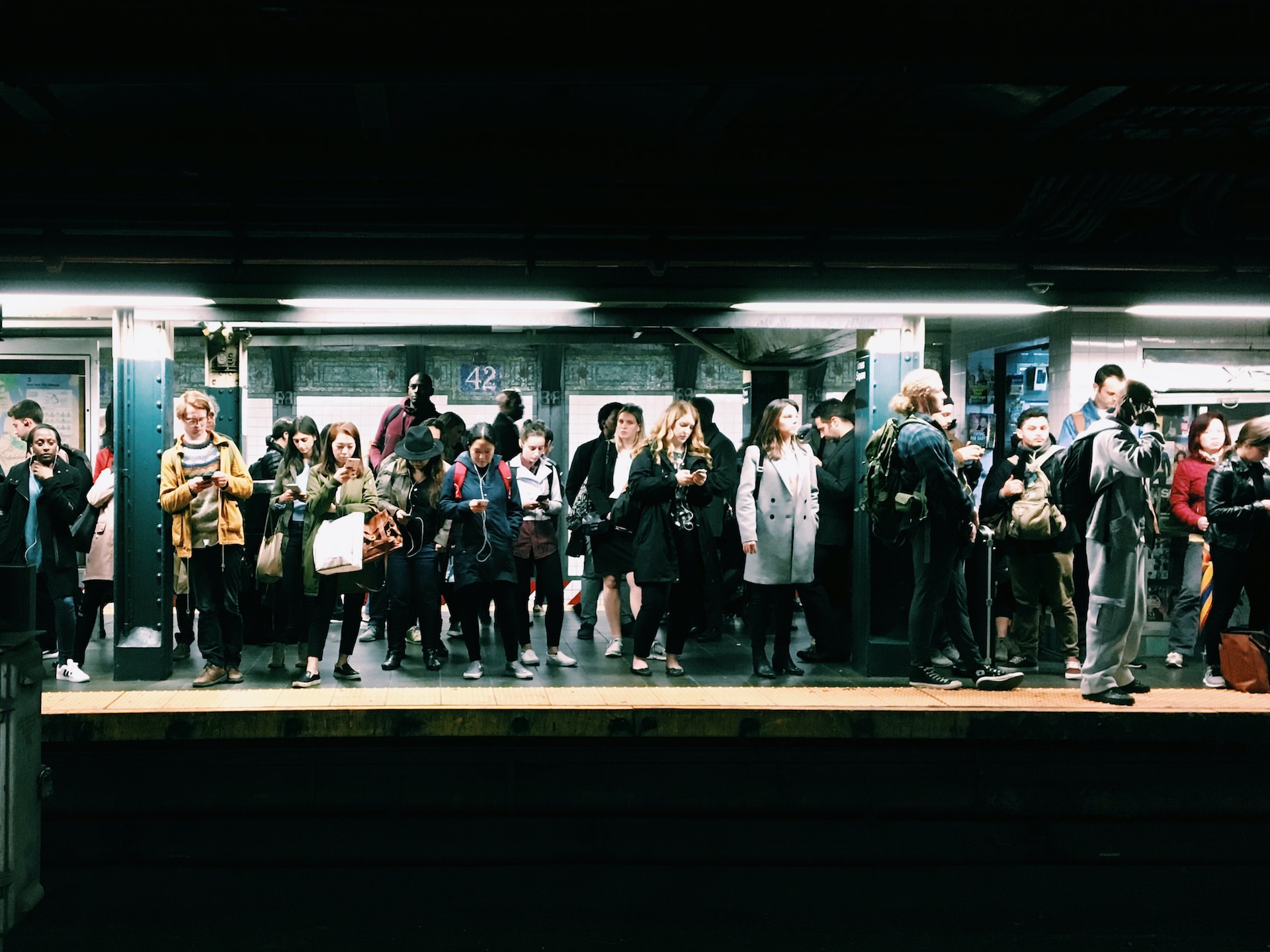Exploring new and exciting destinations is one of life’s greatest pleasures, but it’s important to remain vigilant, especially in busy tourist locations where pickpocketing can be a real threat. Pickpockets are crafty individuals who prey on unsuspecting travellers, taking advantage of the chaos and distractions that often come with tourist spots. To ensure a safe and enjoyable trip, it’s essential to familiarise yourself with various strategies and precautions that can help protect your belongings. In this comprehensive guide, we will explore how to stay safe from pickpockets in busy tourist locations.
1. Understand the Tactics of Pickpockets
Before delving into prevention strategies, it’s crucial to understand the tactics used by pickpockets. These individuals often work in pairs or groups, using diversion tactics to distract their victims. Some common tactics include creating commotions, bumping into you, or asking for directions while an accomplice discreetly steals your belongings.
2. Stay Alert and Aware
One of the most effective ways to protect yourself from pickpockets is to remain vigilant and aware of your surroundings. Here are some tips to help you stay alert:
a. Keep an eye on your surroundings: Pay attention to the people and activities around you. Suspicious behaviour may include individuals loitering or watching you closely.
b. Maintain good posture: Standing tall and looking confident can deter pickpockets, as they often target those who appear vulnerable or distracted.
c. Avoid distractions: While it’s tempting to immerse yourself in your phone, map, or guidebook, try to limit distractions in busy areas.
d. Trust your instincts: If someone or something feels off, trust your gut and take appropriate action.
3. Secure Your Belongings
Protecting your belongings should be a top priority when traveling in crowded areas. Here’s how to keep your possessions safe:
a. Use anti-theft bags: Invest in an anti-theft backpack or purse with features like lockable zippers and cut-resistant straps.
b. Keep essentials in a money belt: Wearing a money belt under your clothing can safeguard your passport, credit cards, and cash.
c. Limit the amount of cash: Carry only the amount of cash you’ll need for the day and keep the rest in a secure location, such as a hotel safe.
d. Use RFID-blocking products: To prevent electronic theft, consider using RFID-blocking wallets and passport holders.
e. Divide your assets: Spread your money, credit cards, and important documents across different pockets or pouches. This way, you won’t lose everything if a pickpocket strikes.
4. Beware of Distractions
As mentioned earlier, pickpockets often create distractions to divert your attention. Here’s how to handle potential distractions:
a. Ignore unsolicited help: If someone approaches you offering help or advice, be cautious. Politely decline their assistance and move on.
b. Be wary of street performances: While street performers can be entertaining, they can also be a cover for pickpocketing. Keep a safe distance and maintain awareness.
c. Watch out for petitions or surveys: Some pickpockets disguise themselves as survey-takers or charity workers. Politely decline to participate and keep moving.
5. Choose Your Transportation Wisely
When using public transportation or taxis, take the following precautions:
a. Secure your belongings: Hold onto your bag or backpack tightly when on buses or trains. Never leave your items unattended.
b. Use a taxi with a reputable company: If possible, order a taxi through a reputable service or ask your accommodation to arrange one for you.
6. Plan Ahead and Research
Thorough planning can reduce your exposure to pickpockets:
a. Research the area: Learn about the specific risks and common scams in the destination you’re visiting.
b. Know the layout: Familiarise yourself with the layout of the tourist area, so you’re less likely to get lost or distracted.
c. Store important information: Make copies of your passport, credit cards, and travel documents, storing them separately from the originals.
7. Keep Emergency Contacts Handy
Prepare for the worst by having emergency contacts and important information readily available. Consider these tips:
a. Carry identification: Always have a copy of your passport and a list of emergency contacts on your person.
b. Share your itinerary: Inform someone you trust about your travel plans, accommodations, and contact details.
8. Report Suspicious Activity
If you notice any suspicious behaviour or become a victim of pickpocketing, report it immediately to the local authorities. In some cases, alerting security or the police can prevent further incidents.
While it’s important to remember that pickpocketing can happen in any location, some areas are unfortunately known for having higher rates of pickpocketing due to their popularity among tourists and the presence of skilled thieves. Here’s a list of some places that have been reported as having higher incidents of pickpocketing:
1. Barcelona, Spain: The city’s bustling tourist spots, such as Las Ramblas and the Barcelona Metro, are known for pickpocketing.
2. Rome, Italy: Major attractions like the Colosseum, the Roman Forum, and Vatican City are hotspots for pickpocketing.
3. Paris, France: The Eiffel Tower, Louvre Museum, and the Paris Metro have seen high pickpocketing activity.
4. Prague, Czech Republic: Tourist-heavy areas like Prague Castle, Charles Bridge, and Old Town Square are prime locations for pickpocketing.
5. Budapest, Hungary: The Budapest Metro and crowded areas around Buda Castle and Chain Bridge are known to have pickpocketing incidents.
6. Amsterdam, Netherlands: The city’s busy central train station and the trams are frequent locations for pickpocketing.
7. Barri Gòtic, Barcelona: This historic neighbourhood is particularly notorious for pickpocketing due to its narrow, winding streets and heavy tourist traffic.
8. Athens, Greece: Monastiraki Square, Syntagma Square, and the Athens Metro can be hotspots for pickpocketing.
9. Bangkok, Thailand: Crowded markets, tourist sites like the Grand Palace, and the BTS Skytrain may have higher incidents of pickpocketing.
10. Rio de Janeiro, Brazil: Tourist attractions like Copacabana Beach and Christ the Redeemer are known for pickpocketing.
11. Istanbul, Turkey: The Grand Bazaar and Sultanahmet Square can be crowded areas with pickpocketing concerns.
12. New York City, USA: Popular tourist destinations like Times Square, Central Park, and the subway system can attract pickpockets.
13. Barcelona, Spain: The city’s bustling tourist spots, such as Las Ramblas and the Barcelona Metro, are known for pickpocketing.
14. Rome, Italy: Major attractions like the Colosseum, the Roman Forum, and Vatican City are hotspots for pickpocketing.
15. Paris, France: The Eiffel Tower, Louvre Museum, and the Paris Metro have seen high pickpocketing activity.
Conclusion
Remember that while these areas have higher incidents of pickpocketing, it doesn’t mean that every visitor will have a negative experience. The key is to stay vigilant, take precautions, and be aware of your surroundings no matter where you are traveling to. Exploring busy tourist locations can be an enriching experience, but it comes with its fair share of risks, including pickpocketing. By staying alert, securing your belongings, and being prepared, you can significantly reduce the chances of falling victim to pickpockets. Remember that prevention is key, and by following the tips and strategies in this guide, you’ll be better equipped to enjoy your travels safely and worry-free. Stay vigilant, stay informed, and savour every moment of your adventures around the world.




